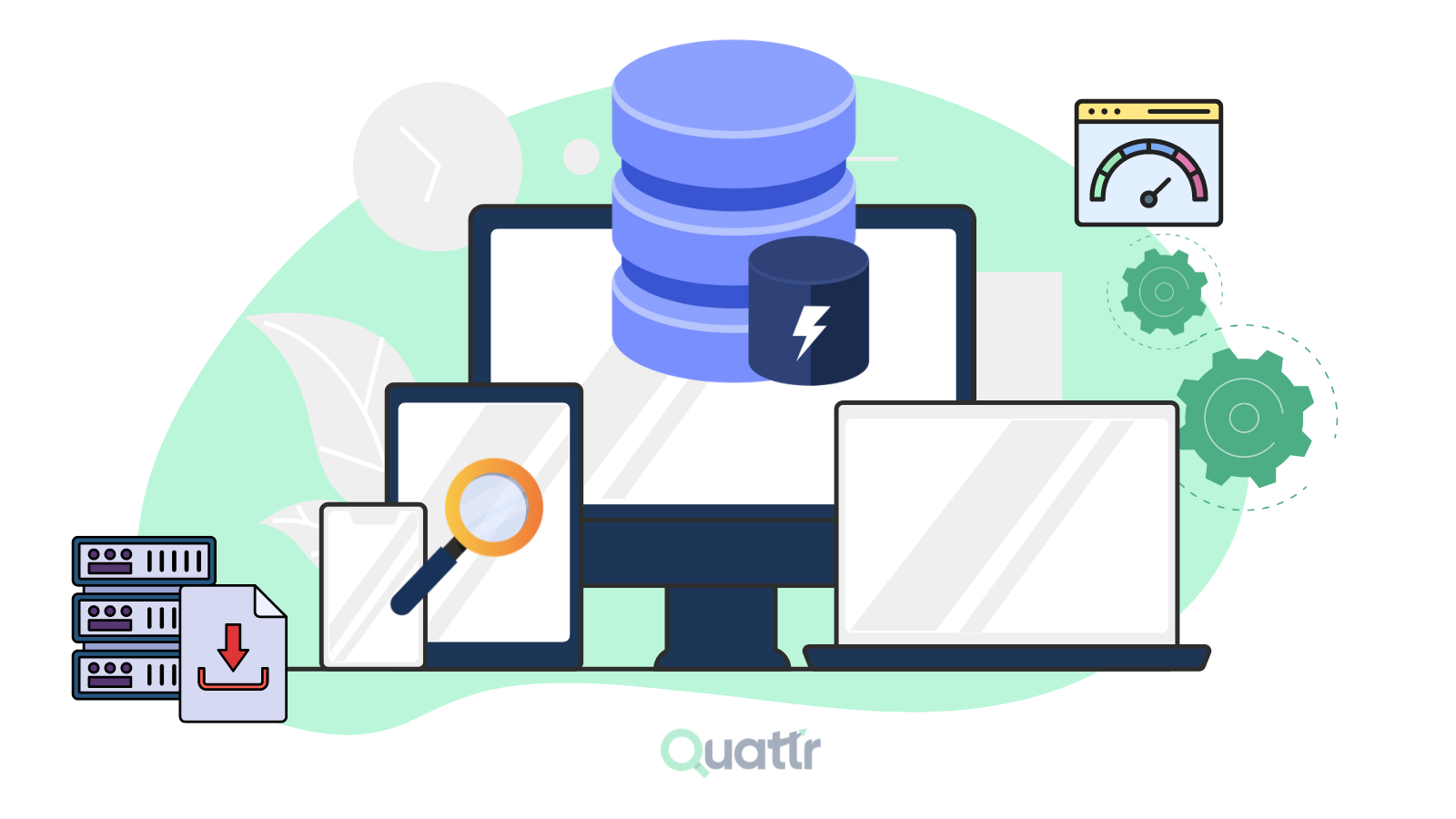
Next-Gen Lazy Loading Techniques: Optimizing Content Delivery in a 5G World
- Post
- August 9, 2023
- Lazy Loading, Web Performance, Web Technologies
- 0 Comments
In a world where every millisecond counts, loading times can make or break user engagement. Slow-loading websites lead to frustrated users, higher bounce rates, and ultimately, lost opportunities. Enter Next-Gen Lazy Loading Techniques – a suite of strategies designed to streamline content delivery, ensuring that users experience faster loading times without compromising on the richness of the content.
Understanding Lazy Loading
Lazy Loading: The Essentials
Lazy loading is a performance optimization technique that defers the loading of non-critical resources until they are actually needed. This means that when a user lands on a webpage, only the essential content is loaded initially, and additional resources are loaded as the user scrolls down or interacts with the page. This not only reduces the initial loading time but also conserves bandwidth.
Enhancing User Experience
Lazy loading enhances user experience by prioritizing the visible content and allowing it to load quickly. With 5G’s lightning-fast speeds, users expect an instantaneous response, and lazy loading caters to this expectation by ensuring that the content they see first is readily available.
The Evolution: Next-Gen Lazy Loading Techniques
Adaptive Lazy Loading
Adaptive lazy loading takes a dynamic approach, considering factors such as the user’s device, connection speed, and screen size. This technique intelligently loads resources based on the user’s context, providing an optimized experience tailored to each individual.
JavaScript-Based Lazy Loading
JavaScript-based lazy loading leverages frameworks like React LazyLoad to load resources on-demand. This technique is particularly effective for single-page applications, where chunks of content can be loaded as users navigate through the site, reducing initial load times.
Intersection Observer API
The Intersection Observer API is a browser feature that monitors the position of elements relative to the viewport. It enables lazy loading by triggering the loading of resources when an element enters the user’s visible area. This technique adds efficiency by focusing on what’s currently in view.
Server-Side Rendering (SSR) with Lazy Loading
Combining server-side rendering with lazy loading offers a twofold benefit. SSR pre-renders content on the server, reducing the time users spend waiting for the page to load. Lazy loading further enhances this by fetching additional resources on the client side as needed.
Prioritizing Critical Resources
With Next-Gen Lazy Loading, prioritizing critical resources becomes more refined. As users experience smoother navigation through prioritized content, the overall engagement and conversion rates receive a significant boost.
Challenges and Best Practices
Challenges of Next-Gen Lazy Loading
While Next-Gen Lazy Loading Techniques offer substantial benefits, they come with challenges. One common issue is ensuring compatibility with older browsers that may not support newer APIs. Balancing the seamless user experience with search engine optimization is also a delicate task.
Best Practices for Effective Implementation
Identify critical resources: Determine which resources are necessary for initial rendering and prioritize them.
Test across devices and browsers: Ensure consistent performance across a range of devices and browsers.
Use lazy loading for images and multimedia: Loading images and multimedia only when they come into view helps maintain a smooth user experience.
Leverage browser caching: Utilize browser caching to store resources and enhance subsequent visits.
Optimizing for a 5G World
With 5G’s capabilities, lazy loading takes a giant leap forward. The lightning-fast speeds and low latency of 5G networks complement Next-Gen Lazy Loading Techniques perfectly. Websites can now deliver content with unprecedented speed and precision, fostering an environment where user satisfaction and engagement thrive.
Final Words
As we navigate the ever-evolving digital landscape, Next-Gen Lazy Loading Techniques emerge as a beacon of efficient content delivery. In the 5G world, where speed is paramount, these techniques stand as the vanguard of a seamless and immersive online experience.
Commonly Asked Questions
Q1. How does lazy loading impact SEO?
Lazy loading can positively impact SEO by improving website performance, leading to lower bounce rates and higher user engagement. However, it’s crucial to implement lazy loading correctly to avoid negative effects on search engine rankings.
Q2. Is lazy loading suitable for all types of websites?
Lazy loading is beneficial for most types of websites, especially those with extensive multimedia content. However, for websites that rely heavily on immediate content visibility, careful consideration of the lazy loading strategy is essential.
Q3. Can lazy loading be combined with other performance optimization techniques?
Absolutely. Lazy loading can be combined with techniques like browser caching, minification of resources, and content delivery networks (CDNs) for a comprehensive performance enhancement strategy.
Q4. Does lazy loading affect analytics tracking?
Lazy loading can impact analytics tracking since some analytics tools rely on resource loading events. Ensuring proper tracking implementation with lazy loading is necessary to maintain accurate data.
Q5. How can I test the effectiveness of lazy loading on my website?
You can assess the impact of lazy loading using tools like Google PageSpeed Insights, GTmetrix, and WebPageTest. These tools provide insights into loading times and performance improvements achieved through lazy loading.




